‘Be original or die!’ So said Madame Yevonde, whose photographs of the debutantes and duchesses of 1930s London, decked out like deities, go some way to meeting her own edict. The images are thrillingly strange: tableaux of society ladies dressed as sorcerers, vamps, nymphs and fairies – as fantastical as anything Hollywood could create. Yet how does one deal with an artist whose moments of brilliance appear in one short burst, sandwiched between decades of less remarkable work? At the National Portrait Gallery, the curators of ‘Yevonde: Life in Colour’ have taken a pragmatic approach: to display it all in chronological order and let visitors draw their own conclusions. Of more than 150 photographs that range from postcard-sized early works in black and white to larger, splashier colour prints, 25 are new discoveries – most notably, perhaps, Yevonde’s Dorothy Gisborne (Pratt) as Psyche (1935). This butterfly-winged beauty takes her place in the ‘galaxy of goddesses’ at the centre, both literally and figuratively, of this horseshoe-shaped show.
Yevonde Cumbers was born in 1893 in Streatham, south London. By her teens she was an ardent suffragette and, to gain financial independence, she decided a career in photography would do nicely. She spent three years as apprentice to portrait photographer Lallie Charles, before opening her own studio in 1914. The timing was not auspicious and she closed the business soon after the outbreak of war. Madame Yevonde – as she always styled herself – was, however, able afterwards to make the most of what she had learned at Charles’s studio, not least how to wrangle with society figures. Her photos of London’s leading lights soon appeared in Tatler and elsewhere. By 1921, she began taking on advertising commissions and moved to larger premises. So far, so black and white.
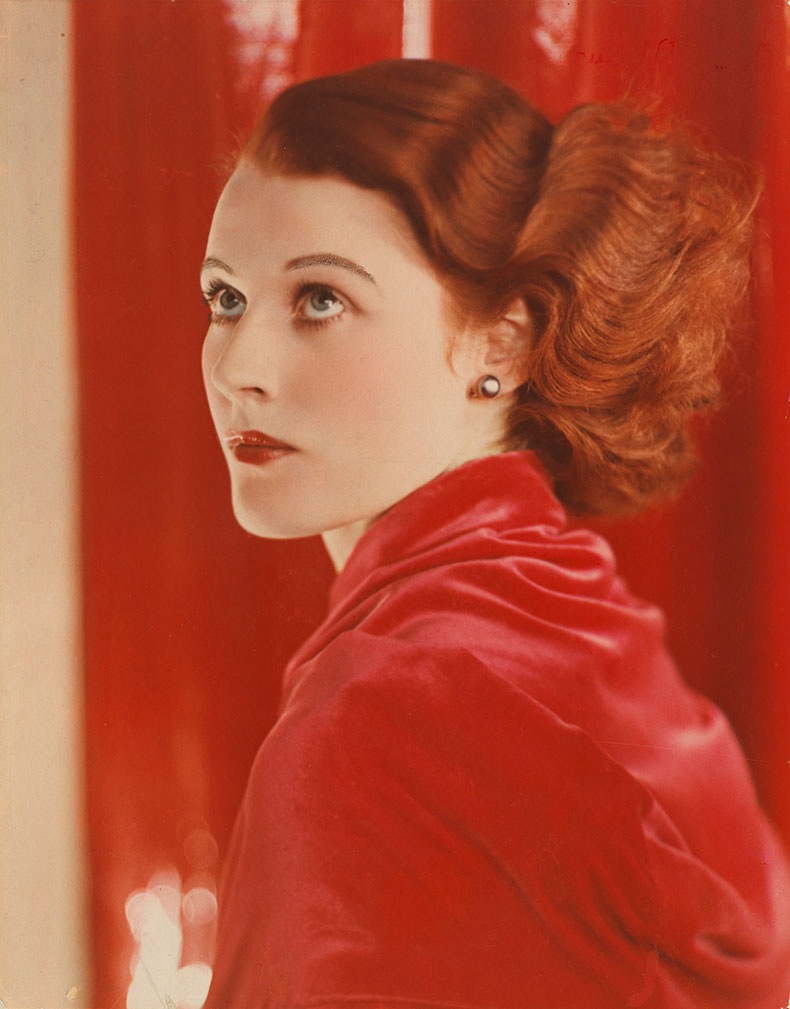
Joan Maude (1932), Yevonde. © National Portrait Gallery, London
It was the arrival of colour that revolutionised how Madame Yevonde worked. This came courtesy of the newly-invented Vivex process, which allowed for a startlingly vivid palette. As Yevonde put it during a 1932 address to the Royal Photographic Society: ‘Hurrah, we are in for exciting times. Red hair, uniforms, exquisite complexions and coloured fingernails come into their own […] If we are going to have colour photographs, for heaven’s sake let’s have a riot of colour.’ Here began a brief but brilliant period as the technical advance led to a creative one. Like Dorothy entering the land of Oz, Yevonde turned to colour. Red became her signature hue: red backgrounds, red flowers, red lips, red garments. A portrait of redheaded actor Joan Maude from 1932 is a study in scarlet. Props turned from being incidental items into key elements of mise en scene.
Next came what a contemporary critic called ‘a sprinkling of still-life phantasies’ – Surrealist-inspired compositions that proved perfect for magazine covers and commercial work. A monumental fly agaric mushroom, a grinning rocking horse, a classical bust with butterflies, all in an eye-popping palette: this is psychedelia avant la lettre. But when it comes to the more serious still lifes, the symbolism can feel rather too obvious. Take the sombre Crisis (ARP) of 1939, for example, which pairs a bust of Julius Caesar wearing a gas mask with blood-red fallen petals.
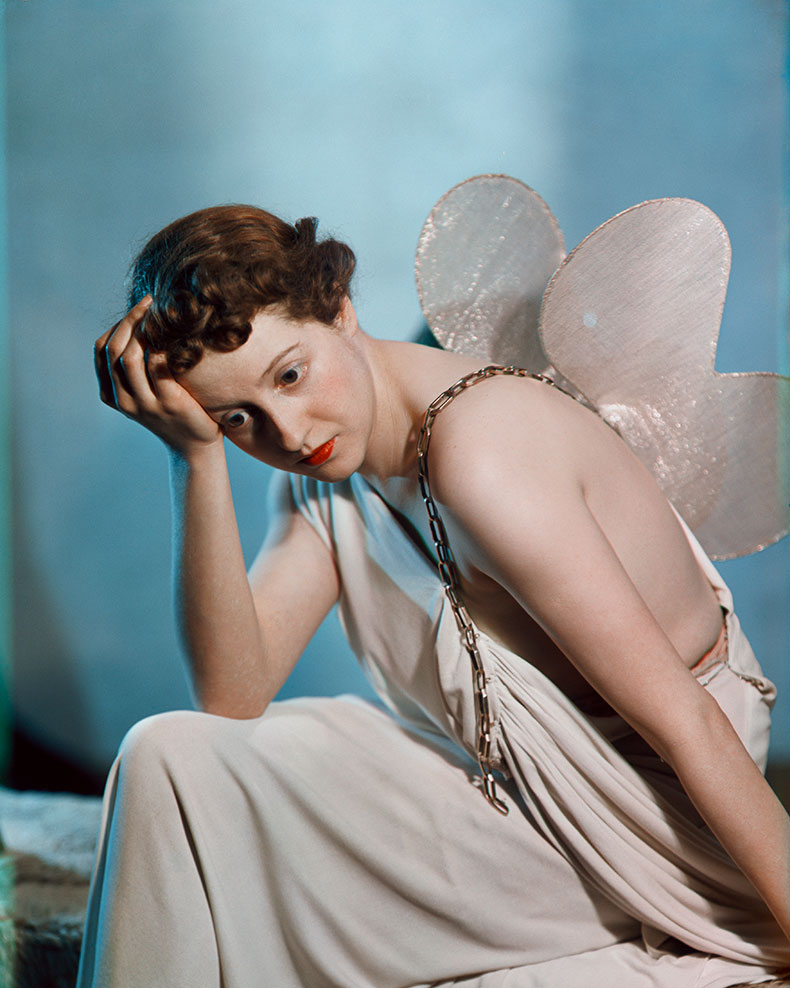
Dorothy Gisborne (Pratt) as Psyche (1935), Yevonde. © National Portrait Gallery, London
Yet most pictures exude a sense of fun that renders po-faced objections irrelevant. Salvador Dalí was not the first artist to put a crustacean to creative use in his Lobster Telephone of 1936. In Lobster (1934), a vivid photograph made a full two years before, Yevonde has her subject delicately clasp a silver star in its crimson claws. Yevonde’s portrait of Dalí’s patron Edward James, on the other hand, taken for the cover of The Bones of My Hand, a collection of his poems published in 1938, is surprisingly straightforward: a profile shot of almost numismatic spareness. Yevonde did not relish photographing men and it shows. Even a glorious golden robe worn by John Gielgud in character as Richard II fails to add much life to his portrait.
Attending an Olympian-themed costume ball at Claridge’s led to Yevonde’s most important body of work: Goddesses & Others (1935) – important, yet deeply silly. This is a series of mostly titled women besporting themselves in fancy dress, staged rather like Cecil Beaton’s Bright Young Things (spot Diana Mitford as Venus). Yet what fun all this camp classicism proves itself to be. Lady Dorothy Warrender as Ceres is emblematic: daughter of an MP, wife of a baron, Yevonde presents this society hostess with the mostess with a golden cornucopia and headdress of grains.
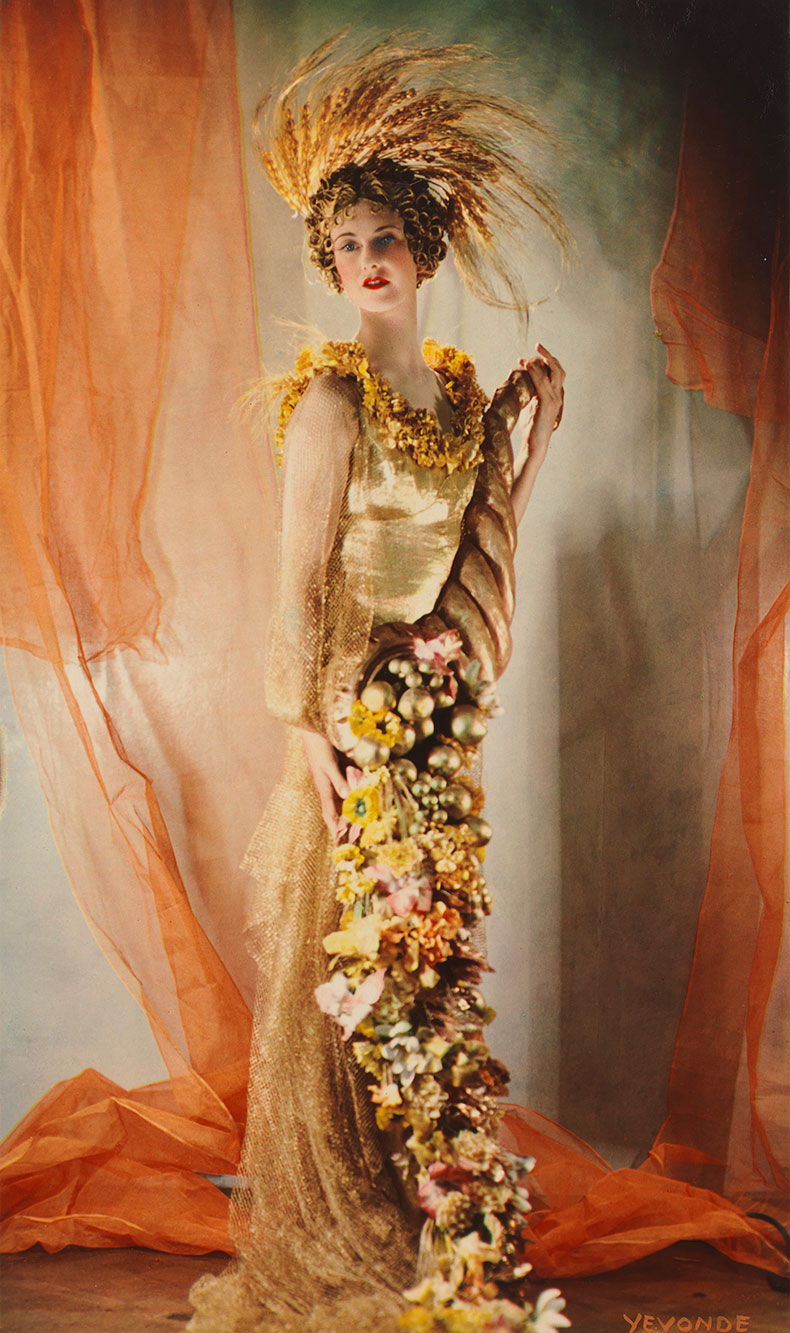
Lady Dorothy Warrender as Ceres (1935), Yevonde. © National Portrait Gallery, London
This ‘riot of colour’ lasted barely a decade. In 1939, the creators of the Vivex process ceased to trade and Yevonde returned to monochrome. She continued to work until her death in 1975, at the age of 82, and though her post-war work is serviceable –portraits of the great and the good (a young Judi Dench, an elderly Barbara Hepworth) – her experiments in solarisation in the 1960s are nowhere near as inventive as her earlier work. Towards the end of the 1960s, she advertised her services as ‘exclusive and striking portraits at reasonable prices’. At the close of the exhibition, we are back on old ground. From scaling the Olympian heights, we return to the company of mere mortals.
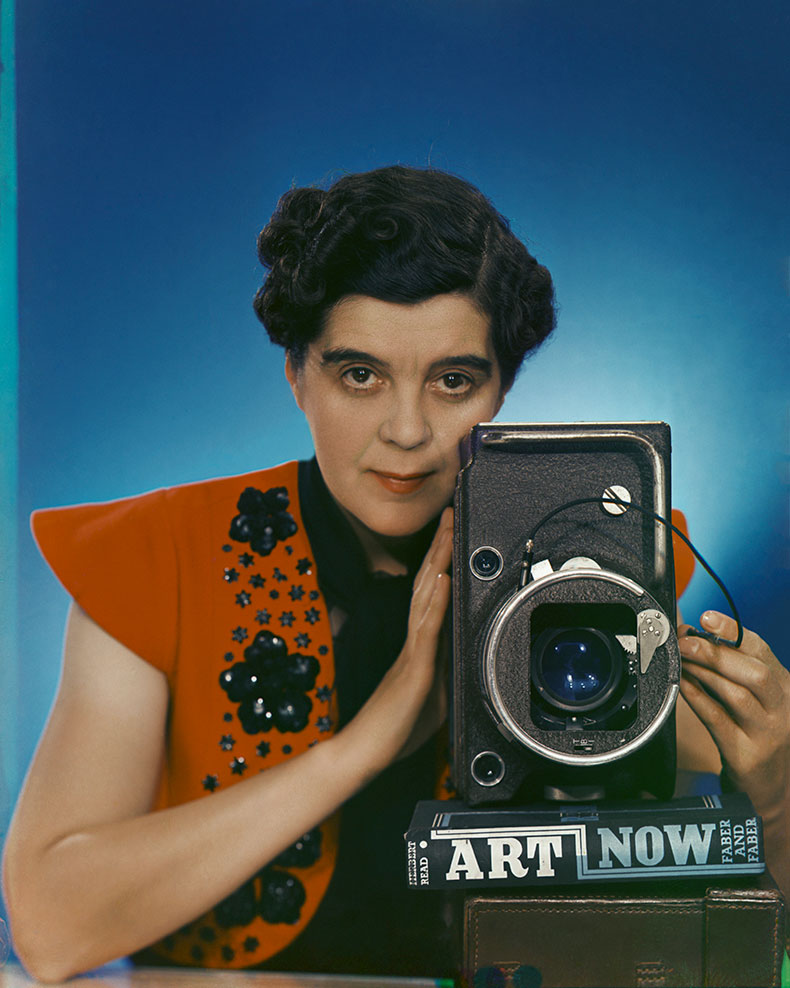
Self-Portrait with Vivex One-Shot Camera (1937), Yevonde. © National Portrait Gallery, London
‘Yevonde: Life and Colour’ is at the National Portrait Gallery, London until 15 October.
Unlimited access from just $16 every 3 months
Subscribe to get unlimited and exclusive access to the top art stories, interviews and exhibition reviews.

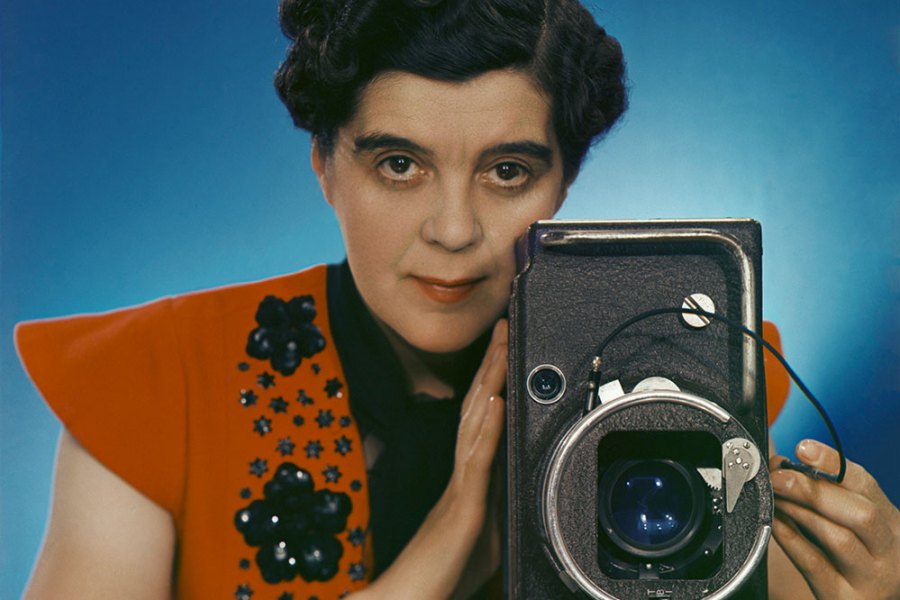
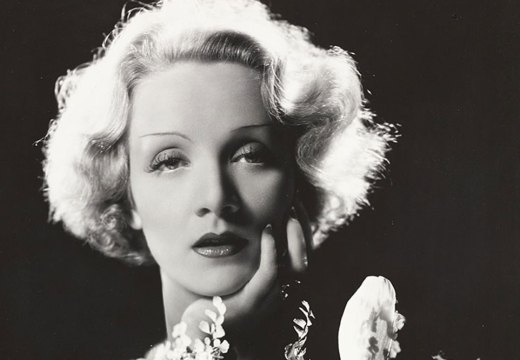
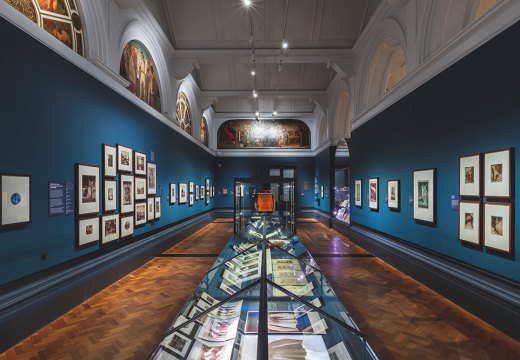
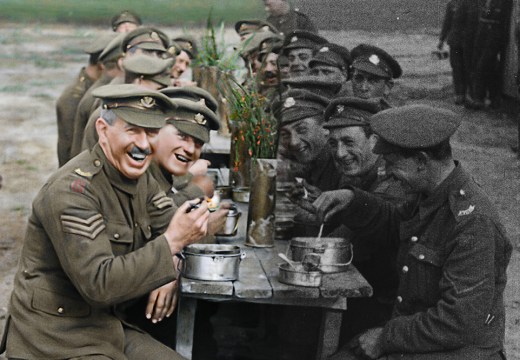









![Masterpiece [Re]discovery 2022. Photo: Ben Fisher Photography, courtesy of Masterpiece London](http://www.apollo-magazine.com/wp-content/uploads/2022/07/MPL2022_4263.jpg)
Has arts punditry become a perk for politicos?